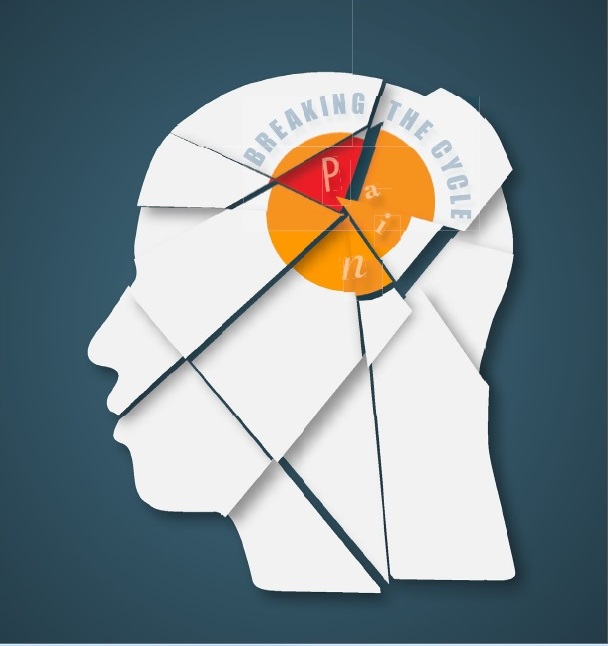Pain, interrupted

As humans, we’re used to cycles. The repetition of schedules and even seasons is expected, comforting even. After all, we are creatures of habit. Sometimes, though, cycles can cause more harm than good. Such is the case with chronic pain.
Like the man who, after having several teeth restored with crowns, begins to notice pain in his mouth, leading to a tightness in the facial muscles upon wakening. It eventually creeps along through the neck, to the shoulders, down the back. And before he knows it, his entire posture has changed. The pain continues, unabated, until he discovers the origin of his discomfort.
“Interrupting the ‘pain cycle’ is critical in managing a patient’s pain,” says Dr. Steven Bender ’86, director of the Clinical Center for Facial Pain and Sleep Medicine at Texas A&M College of Dentistry, which was established in early 2016. “If pain gets bad or becomes chronic, it becomes much harder to treat. If you can interrupt the pain or decrease the level of excitement of the central nervous system in some way, the ability to then manage the pain becomes easier.”
Interrupting that pain cycle requires what Bender refers to as “multimodal” care. Several modalities may be employed, ranging from medication to oral appliances to home care. In many circumstances, the treatment is surprisingly minimal.
“The human body is very adaptable. In most cases of pain in the head and face, it is best to provide the least amount of treatment possible to help the system to adapt,” Bender says. “The research and our clinical experience support this.”
Arriving at a diagnosis — the starting point — is the hard part, especially in dentistry.
“We as a profession are very adept at identifying problems that are clinically evident and then providing very good mechanical treatments,” says Bender. “However, in many cases of pain, you cannot see a clinically evident problem, so the diagnosis may be a guess, and the traditional mechanical treatment approaches — which are, in some cases, excessive and unneeded — are often tried unsuccessfully.”